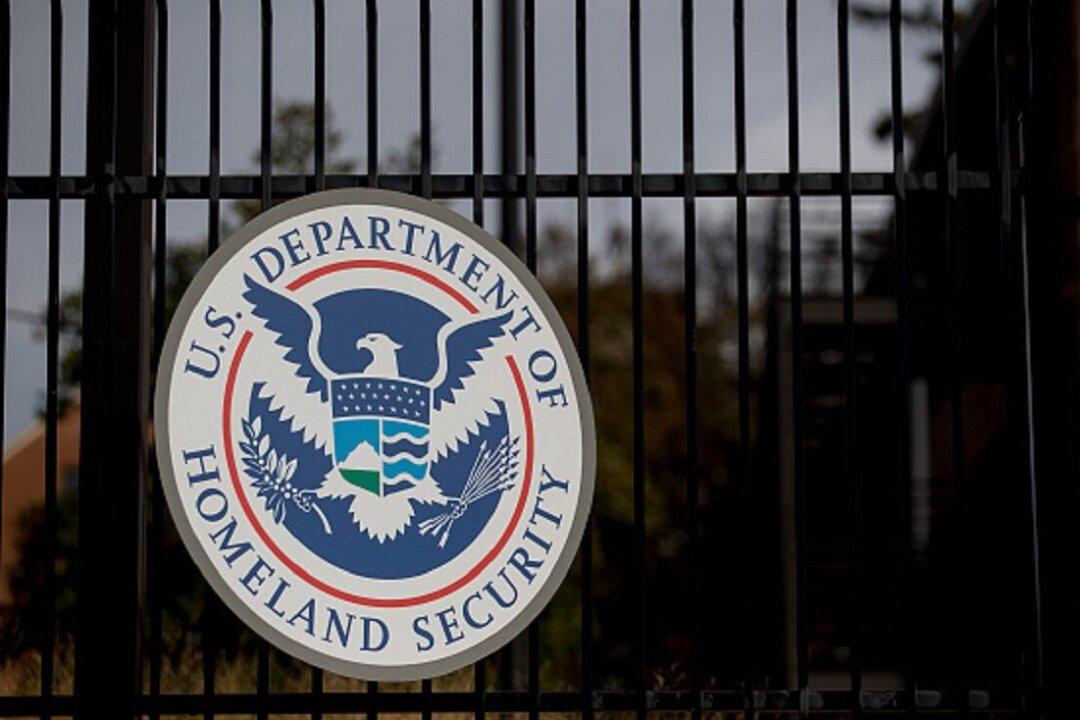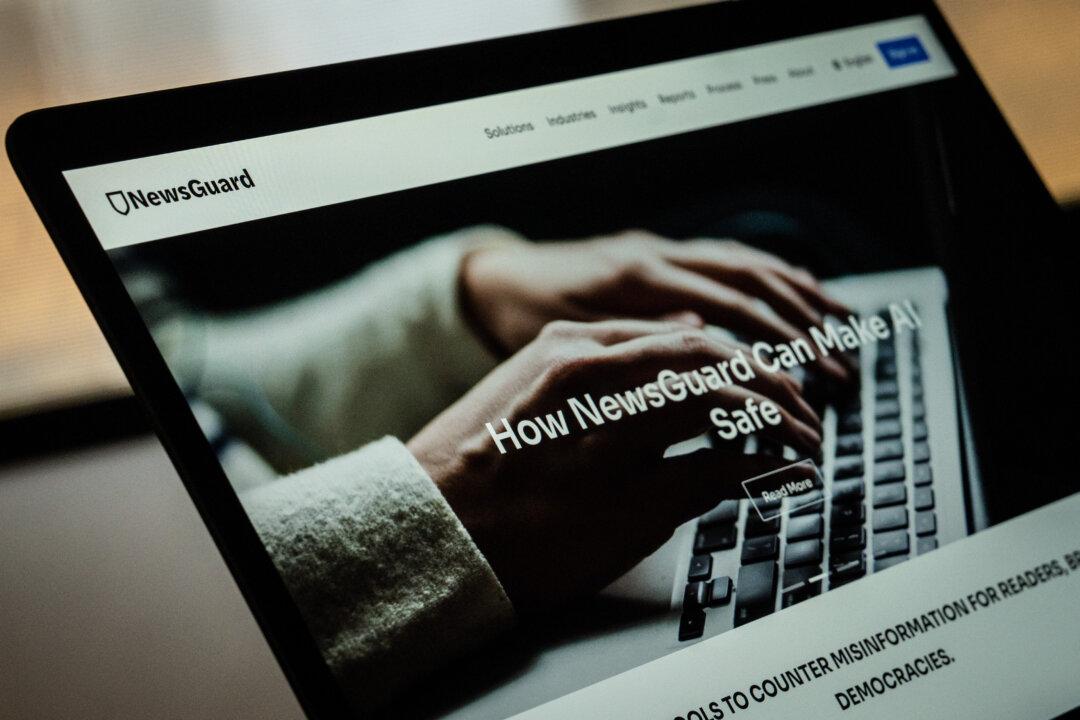News Analysis
As the 2020 Election Day count dragged on into the next morning in the crucial swing state of Wisconsin, the New York Times (NYT) campaign reporter Reid Epstein reported a hiccup at 4:52 a.m.: “Green Bay’s absentee ballot results are being delayed because one of the vote-counting machines ran out of ink and an elections official had to return to City Hall to get more.”






